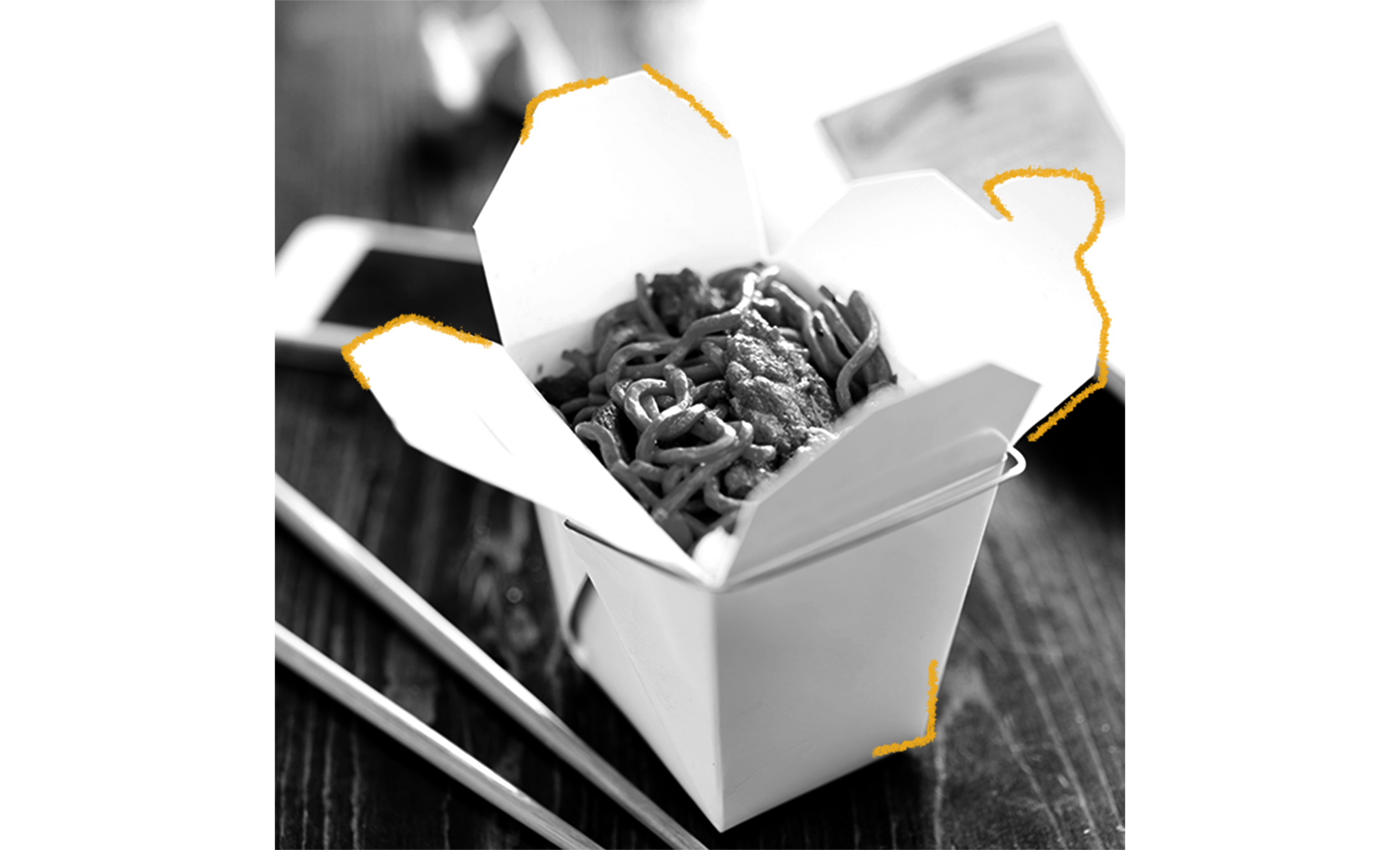Chinese takeout boxes originated in America, not China. They were invented by an American named Frederick Weeks Wilcox, who patented his “paper pail” in 1894. He was inspired by the wooden pails that were used to transport raw oysters and his design was based on the principles of Japanese origami. Incredibly, Wilcox’s design was all cut from one piece of leakproof paper that was then folded up so that there weren’t any seams. This created a uniquely practical container because there was no place for liquids to seep out. Wilcox’s invention caught on right around the same time that the Chinese food industry in America was on the rise, and the leakproof, disposable, and inexpensive containers quickly became synonymous with Chinese takeout in America. However, the containers remained plain white for many years. It wasn’t until the 1970s that an unknown graphic designer at Fold-Pak (one of the top producers of Chinese takeout boxes today) made a Chinese-inspired addition to the design — a printed pagoda symbol and the words “Thank You” stylized after Chinese calligraphy. Both were printed in red because the color symbolizes good fortune in China. Since the addition, the association between Chinese food in America and the takeout boxes has only grown stronger and today, these simple containers are considered an icon.

Your go-to guide for weird history facts
Subscribe to the FREE daily email that makes learning about history fun.


